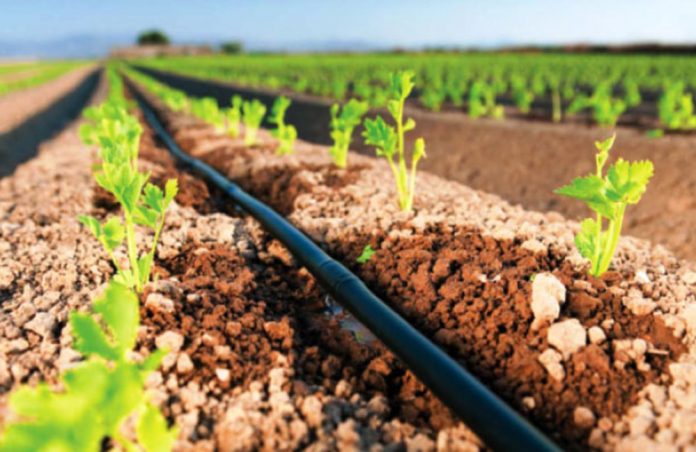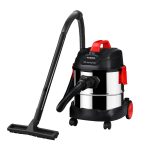Plants need water. Be it rainfall or artificial sources, the amount of water should be adequate for the health of plants and a good harvest of the crops. The plants that depend on rainfall are known as rainfed. Whereas when the plants receive controlled amounts of water, they are said to be dependent on man-made irrigation techniques.
Amongst all the types of irrigation techniques, many are conventional and not so efficient processes, thus decreasing the quality of your harvest. But among these irrigation techniques, Drip irrigation is an efficient and economical technique through which you can irrigate your yard and garden.
This technique is quite common in drier areas because of its efficiency and the various advantages that it brings along with it.
While conventional sprinklers only allow 65-75% of water to be applied to the plant, Drip irrigation allows 90% of the water applied to be used by the plant. This alone makes it stand apart from all other techniques.
Drip Irrigation concept
This irrigation technique involves placing tubing with emitters on the ground. These emitters are placed alongside the plants so that the water quickly reaches the plants and there is no wastage. The emitters allow the water to drip slowly into the soil and run plants at their root zone.
In this irrigation method, the moisture levels are kept in an optimal range which thus helps in productivity and quality improvement.
The basic concept of the drip irrigation method follows that the pipes, also known as the dripper lines along with drippers, transport the water mixed with nutrients across an area.
These drippers are accountable for the coordinated dripping of water and nutrients evenly across the entire site to reach the root zone of each plant.
Since this method is adequate for drier areas, it is widely used in Australia due to its arid climate and areas with inadequate water supply. Given how well the drip irrigation method works in watering plants, it is best to avoid overwatering and underwatering plants. The drip irrigation method is very efficient for moderately sized gardens and spaces. For other significant properties, it requires the installation of a big setup, which comes with sizable expenses.
How to set this irrigation method to run automatically or even set it to run manually so that you have complete control? The drip irrigation method is set up to run daily unless it rains.
So it requires proper maintenance of the pipes and fittings to check that they are not clogged up, and water is flowing correctly.
Components used in drip irrigation
Drip irrigation has major components that work together to make this method successful. These can be listed as follows:
- Mainline
- Valves
- Sub-main lines
- Pressure regulator
- Fittings
- Backflow preventer
And these only count toward the main components. Many joints and tubing sockets need proper research in buying and installing. So, you need to have prior knowledge or hire someone with expertise in this matter if you want to set up a drip irrigation method in your backyard.
Conclusion
Every component uses the whole system to make the method work well. If you want to know more about it, you can visit Drip Irrigation. Make your plans well and create a layout of the installation plan.
Buy the components, set up the irrigation method for your backyard, and make it the best investment you’ve ever made.


























